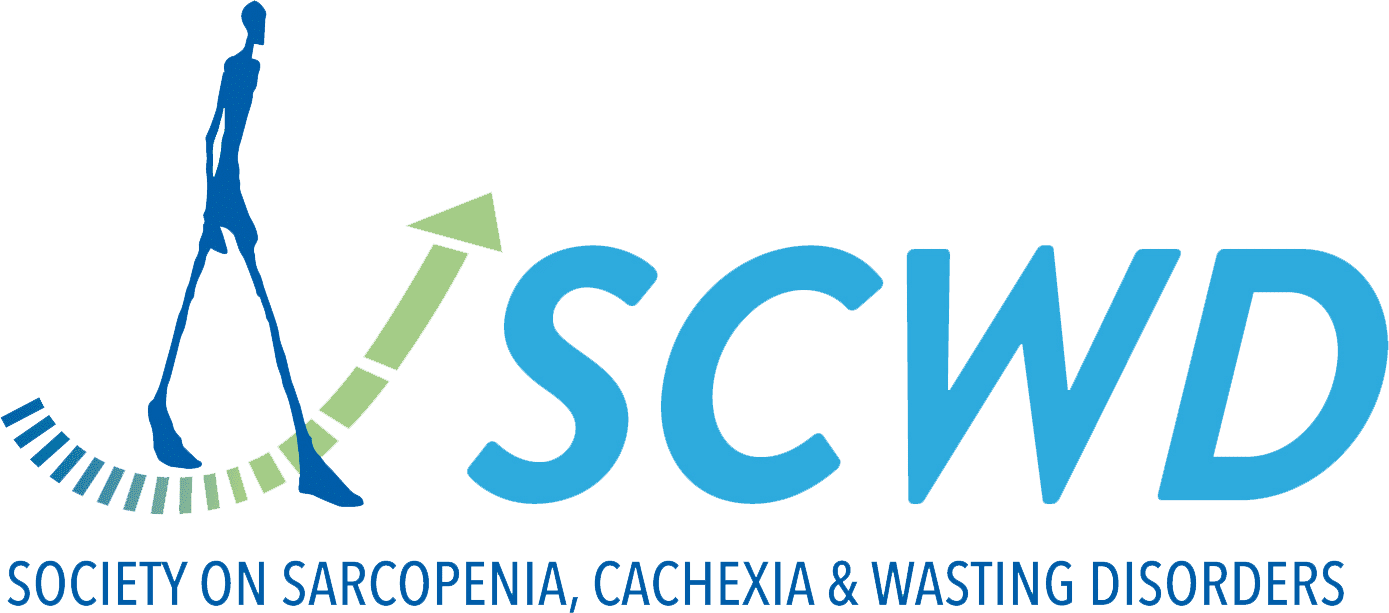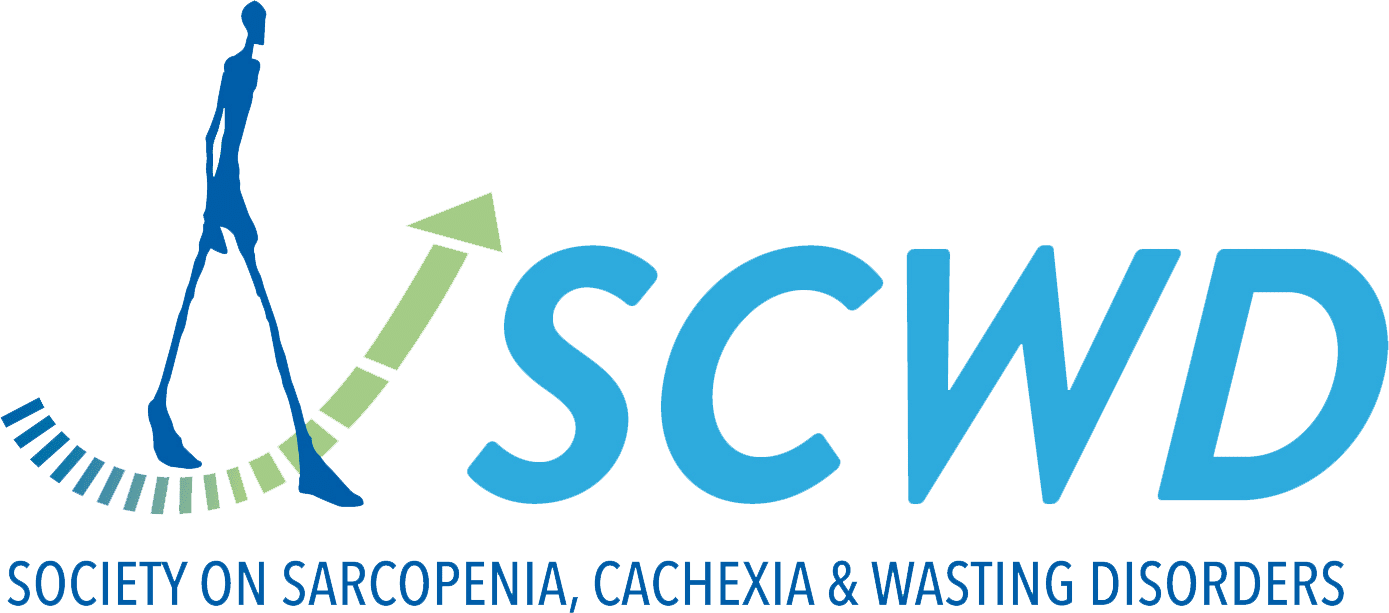👤 Authors: Sasiwimon Meenetkum, Sarinya Boongird, Piyatida Chuengsaman, Sirinapa Songsrakaew, Sirarat Katesomboon, Kanda Sriudom, Prapimporn Chattranukulchai Shantavasinkul, Wisit Chaveepojnkamjorn, Jiraluck Nontarak, Chagriya Kitiyakara
Recent Sarcopenia Definitions-Variability in Prevalence and Disability Associations in Peritoneal Dialysis Patients.
Sarcopenia is common in chronic kidney disease, but no unified consensus exists regarding its diagnostic criteria. New definitions, including the Sarcopenia Definitions and Outcomes Consortium (SDOC), define sarcopenia based on decreased muscle function without measuring muscle mass.
However, the application and relationship of newer definitions to functional disability in end-stage kidney disease, particularly among peritoneal dialysis (PD) patients, remain underexplored. This study evaluated the prevalence and concordance of sarcopenia using older and recent definitions and their association with functional limitations in PD patients.
This cross-sectional study evaluated Thai chronic PD patients (n = 384) with complete measurements for sarcopenia (BIA, handgrip strength and gait speed). Patients were classified according to the Foundation for the National Institutes of Health (FNIH) Sarcopenia Project, the International Working Group on Sarcopenia (IWGS), the European Working Group on Sarcopenia in Older People 2019 (EWGSOP2), the Asian Working Group for Sarcopenia 2019 (AWGS2019) and the 2020 SDOC.
Functional disability was assessed using the Barthel Activities of Daily Living (ADL) score. Associations with dependency were evaluated using multivariable logistic regression.
The median age was 60 years (IQR, 52-68); 54.8% were men, and 31.3% were over 65. Sarcopenia prevalence varied 5-fold: FNIH (8.3%), IWGS (18.5%), EWGSOP2 (19.0%), AWGS2019 (22.3%) and SDOC (44.5%).
Using AWGS2019 as the reference, agreement was good with EWGSOP2 and IWGS but poor with FNIH and SDOC. Of 207 with sarcopenia by any definition, only 15 patients (7.3%) fulfilled all criteria.
Sarcopenia prevalence was higher among older adults (≥ 65 years) across all definitions (p < 0.001). Functional limitations in at least one domain (ADL ≤ 19) occurred in 86 patients (22.4%) and were more frequent in sarcopenic patients for all definitions except IWGS.
By multivariable analysis, only FNIH and SDOC were significantly associated with dependency (ADL ≤ 11): FNIH, OR 5.49, p = 0.013; SDOC, OR 6.01, p = 0.023. Using AWGS2019 component thresholds, 64.6% had low physical performance, 58.6% had low muscle strength and 22.7% had low muscle mass.
Low muscle strength had a higher prevalence of functional limitation (27.1% vs. 15.7%, p < 0.05) and dependency (5.80% vs. 0%, p = 0.002) than those without. Sarcopenia is common in PD patients, with substantial variability in prevalence and associations with functional limitations across definitions.
Functional impairment was more frequent in low muscle strength. While SDOC was associated with functional deficits, it may overdiagnose sarcopenia in PD.
Future studies using clinically relevant outcomes are needed to define sarcopenia in this high-risk group.


